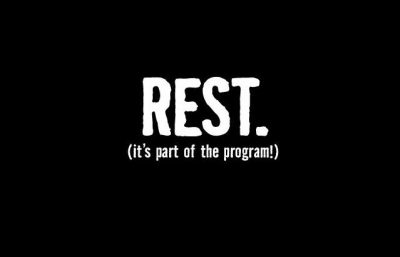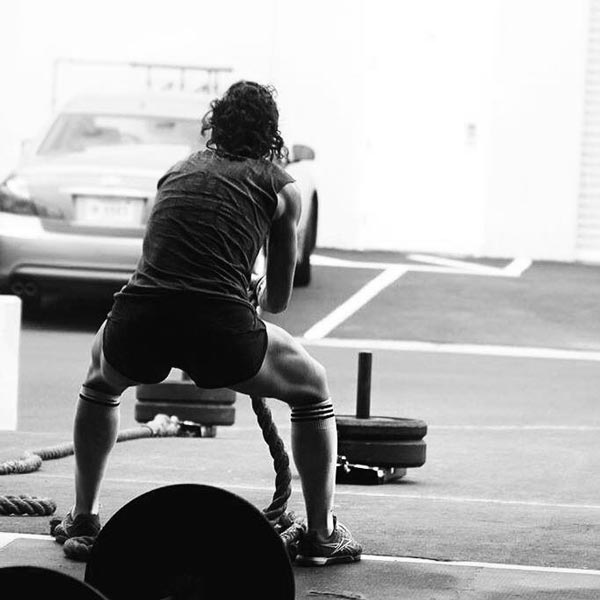Reason You Need To Take a Rest Day
Exercising places a tremendous strain on the body. When you exercise, you tear muscle fibers, which the body must repair in order to make you stronger. In order to do this, your body must have time to recover. Because exercise programs vary in duration and intensity, some people need more time to recover than others. The average exerciser is fine taking one to three rest days off a week and doesn’t require an entire week’s recovery. However, athletes doing intense weightlifting or long endurance races should include recovery weeks into their schedule.
While taking a load off may seem like a relatively easy task to complete, one of the most difficult aspects of implementing a workout program is knowing when to rest, and how much to rest.
The Beauty of Rest
A little known fact by most gym-goers is that rest is one of the most important aspects of a workout program. Rest allows the body to adapt to the training it has been exposed to. In other words, training doesn’t make you stronger—your rest does.
Yes, of course—there must be exposure to adequate intensity and frequency of training to initiate the adaptation process. But without appropriate rest, muscle breakdown can exceed muscle recovery and growth, which puts the body into a catabolic or destructive state.
When you’re training don’t forget to consider the following equation:
Training = Work + Rest
Work equals the workouts you do over a time period, and Rest is the amount of rest your body requires during the same amount of time to recover from the work completed. In order for strength, growth, and adaptation to occur, both need to be in balance.
Why Rest Day Is So Hard To Take
Armed with this information, many people still struggle to take a rest day because of the relationship many of us create with working out, and the preconceived notions that exist around fitness, success, and self-worth. Many of us find comfort in having a schedule and keeping to a routine, especially when improvements are happening, and goals are being reached. To add to that, many people often end up associating their identity with whatever activity they are doing and end up putting a significant amount of weight in their ability to perform in a workout.
As a result, the ability to appropriately listen to the body is clouded by fear of losing control, comfort, and personal identity. People also tend to struggle with rest days because they have bought into the idea that progress won’t occur without massive suffering. It doesn’t help when your gym promotes quotes like “no pain, no gain”, or “if it doesn’t hurt, you’re doing it wrong!” – pinned all over its walls either. This can lead to engaging with potentially damaging behaviors, like pushing through the pain and performing workouts when overly fatigued or sore.
How About We Talk About The Real Truths…
To build fitness and strength, you do not need to work at maximal capacity or push through the pain. Furthermore, you do not need to work out every day, or hours at a time to see results.
In fact, when engaging with fitness, you do not need to force fitness adaptations. The truth of the matter is, you can’t really stop adaptations from happening. While there is absolutely a place for going hard and using maximal efforts, it’s best to err on the side of “less is more” – especially if you are just getting into fitness and learning the signals your body is giving you.
Then, over time you can reevaluate your plan and make slight increases in intensity and time depending on your goals. You can always add more, but you can’t take away damage that’s already been done.
To add to this mess, the conventional fitness industry has made “skipping” a workout seem like something we should feel shame or guilt for doing. As a result, many people perceive that their level of self-discipline is intertwined with their self-worth as a human being. If this sounds like you—there is good news!
Your self-worth as a human being is not related to the workouts you perform.
Furthermore, you are not a “good” or “bad” person based on the workouts you do or don’t do. Recognizing these truths will eliminate the need to feel guilt or shame for taking additional time off, and listening to your body.
How To Assess If You Need More Rest
Overtraining is when intensity, duration, frequency of training, or any combination of these factors exceeds an individual’s capacity for adaptation.
In other words, it’s when the body is exposed to more stress than it can handle.
Overtraining is characterized by decreased performance, sleep disturbances, decrease in lean body mass, decreased appetite, low immune system function, adrenal insufficiency, loss of motivation, mood disturbances such as depression and anxiety, increased muscle soreness, decreased resting and maximal heart rate, and decreased maximal oxygen uptake – to name a few.
Of course, the best way to avoid overtraining is to stop it before it happens. Read Signs That You Should Take A Break to help you decide where you are at.
Here are some general guidelines to help you plan rest times. Please keep in mind, your specific work to rest ratio will depend on a number of factors and will be unique to you. If you’re unsure about what your body can handle, go for the side of more rest, and then increase your frequency of working out until you have a better understanding of what your body can handle:
- 0-6 months experience: 3-4 rest days per week
- 6-12 months experience: 2-3 rest days per week
- 12 or more months experience: 1-3 rest days per week
Also, plan that you will have some unplanned rest. Life happens this way. This rest should happen when your body is experiencing excessive stress (like an illness, family stresses, work stresses, a bad night’s sleep, allergies, etc).
By having unplanned rest as part of the equation, it reinforces the fact that your workout plan is a framework not set in stone, and your body will dictate to you what it needs.
How To Make The Most of Rest Days
So, what do you do on a rest day? Depending on the severity of your symptoms, I recommend doing some mobility work, light stretching, or going for a walk in order to improve blood flow and relieve muscle tightness, which will facilitate proper recovery. Also, utilize the foam roller – which can be your best friend to improve mobility and tightness before coming back to your exercise routine.
Basically, take it easy. Give yourself a break! Stop letting the outside world dictate what your inside world is telling you. Take your needed rest days when you need them and your workdays will be more productive and better for you all around.





